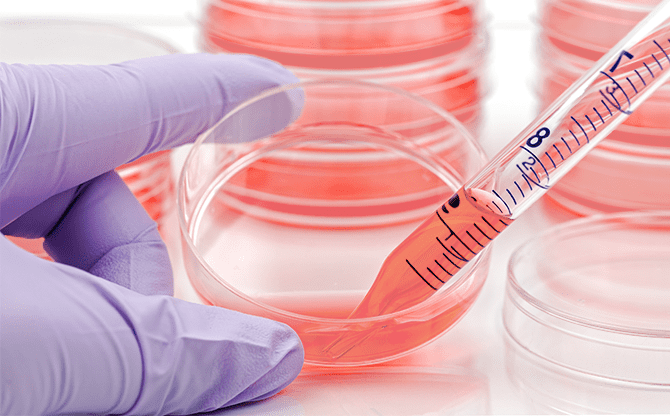Regenerative medicine aims to restore, replace, or regenerate damaged tissues and organs using the body’s natural ability to heal itself. This field combines biology, engineering, and medical principles to develop innovative therapies that can improve the quality of life for patients suffering from chronic or debilitating diseases or injuries. Phoenix regenerative medicine has revolutionized how several medical conditions can be managed.
Some of the most promising uses of regenerative medicine include:
· Tissue engineering involves using biological or synthetic materials to create new tissues or organs that can be transplanted into the body. This approach can potentially overcome traditional organ transplantation’s limitations, such as donor shortages and rejection.
- Cell therapy involves using living cells to replace or repair damaged tissues or organs. This approach can be used to treat a variety of conditions, such as heart disease, diabetes, and spinal cord injuries.
- Gene therapy involves introducing or modifying genes in the body to treat or prevent disease. This approach can correct genetic defects that cause diseases, such as cystic fibrosis or sickle cell anemia.
- Biomaterials are substances used to replace or repair damaged tissues or organs. The substances can be natural or synthetic and can be used in various applications, such as wound healing, bone repair, and drug delivery.
- 3D printing is a technique that involves creating physical objects from digital models. In regenerative medicine, 3D printing can create custom implants, scaffolds, or tissues tailored to the patient’s needs.
How does regenerative medicine work?
Regenerative medicine involves using stem cells, gene therapy, tissue engineering, and other innovative techniques to promote healing and restore function. Here are the general steps on how regenerative medicine works:
- Assessment and diagnosis: The first step in regenerative medicine is to diagnose the condition and assess the extent of damage or disease.
- Harvesting cells: Stem cells, which have the potential to differentiate into various cell types, are harvested from the patient’s body or a donor. These cells can be obtained from bone marrow, adipose tissue, or other sources.
- Isolation and expansion: Once the cells are harvested, they are isolated and expanded in culture to increase their numbers.
- Differentiation: The stem cells are then guided to differentiate into the desired cell type, such as muscle, bone, or cartilage cells, using growth factors or other cues.
- Transplantation: The differentiated cells are then transplanted into the patient’s body, where they can integrate and promote tissue regeneration.
- Monitoring and follow-up: The patient is monitored closely for adverse effects or complications, and follow-up care is provided as needed.
In addition to the steps mentioned above, regenerative medicine can also involve gene therapy, which involves modifying or introducing genes into cells to promote healing or prevent disease. For example, a patient’s cells can be modified to produce a missing or defective protein or destroy cancer cells.
Regenerative medicine can potentially treat a wide range of conditions, including heart disease, diabetes, neurological disorders, and orthopedic injuries. However, more research is needed to fully understand the mechanisms involved and develop safe and effective treatments.
Visit Phoenix Foot and Ankle Institute and talk to your doctor about regenerative medicine.
